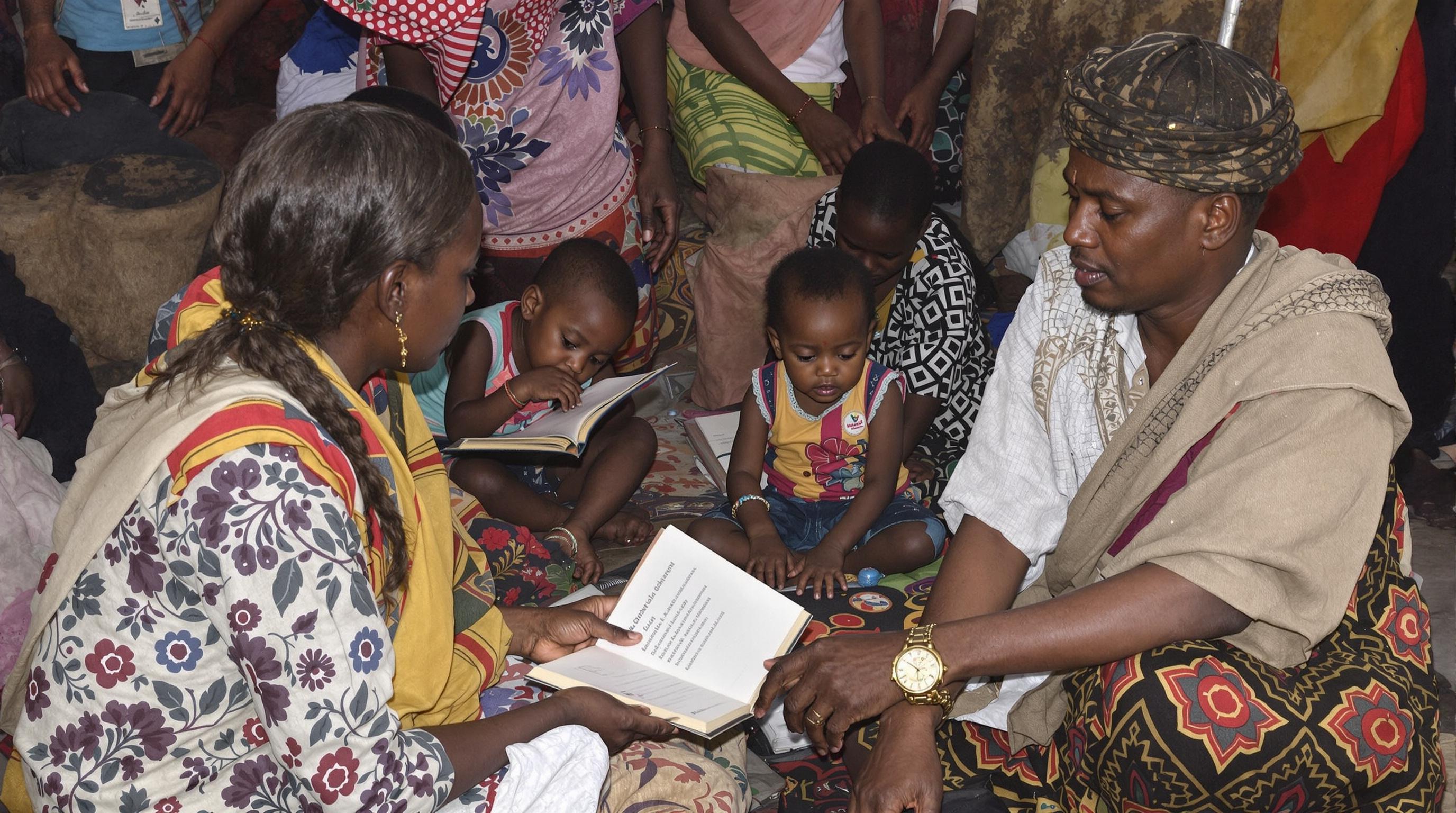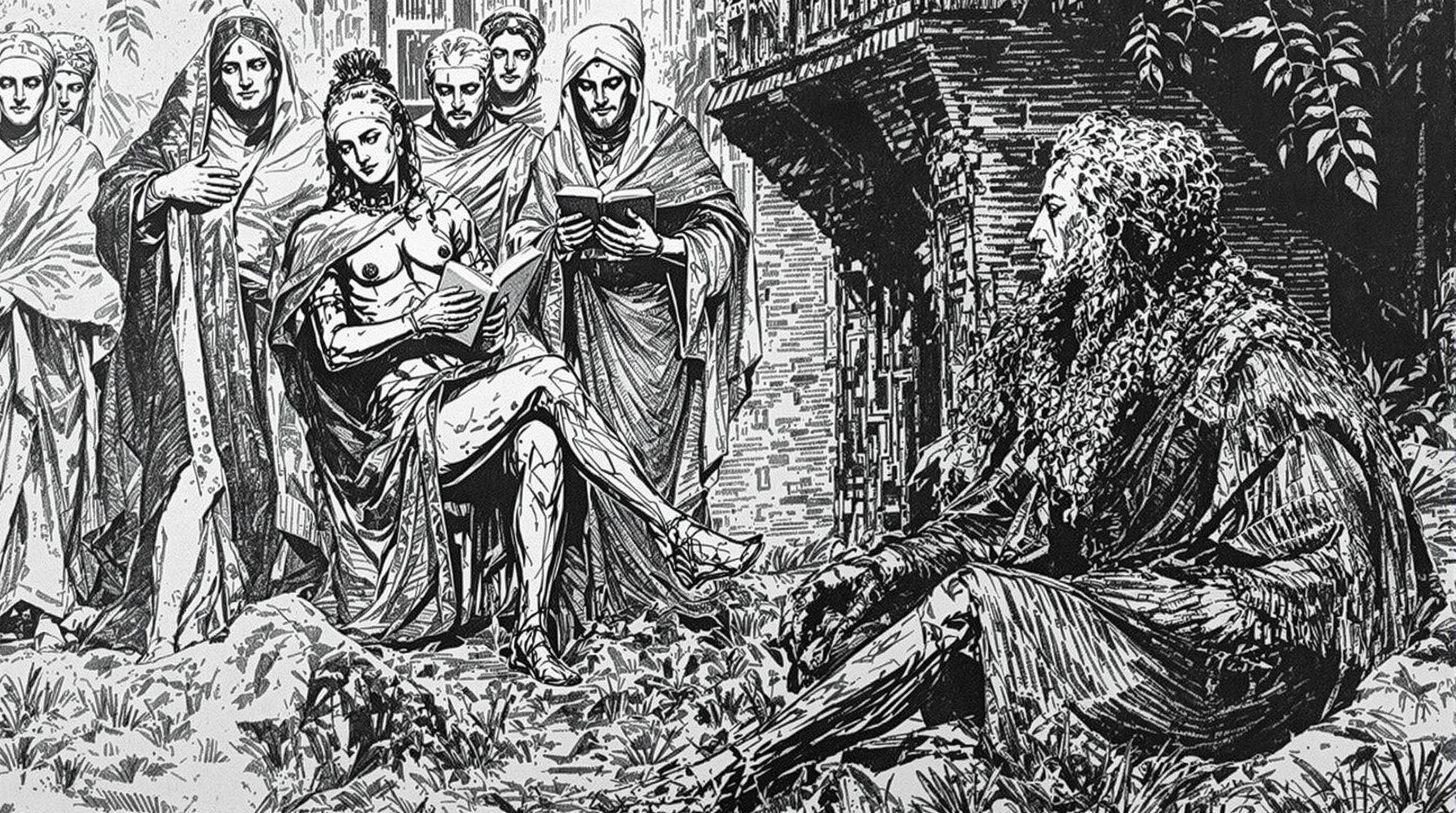Related Articles
- Top 5 Game-Changing Copyright Management Apps from 2019 to 2024 for Modern Creators
- Top 5 Game-Changing Copyright Management Apps Released Since 2019 for Fast, Foolproof Filings
- How Traditional Storytelling Shapes Community Healing in Conflict Settlement Practices Worldwide
- The Role of Ancient Storytelling Traditions in Shaping Modern Conflict Settlement Practices
- The Quiet Shift: How Climate Change Is Secretly Reshaping Liability Standards in Insurance Policies
- The Unseen Impact of Climate Change on Rural Insurance Mandates and Local Risk Assessments
How Traditional Storytelling Shapes Community Healing in Conflict Settlement Practices Worldwide
How Traditional Storytelling Shapes Community Healing in Conflict Settlement Practices Worldwide
Traditional storytelling is a powerful vehicle in community healing and conflict resolution, interlacing history, culture, and shared human experience to mend fractured societies globally. By understanding its role in various cultural contexts, we unveil profound lessons on reconciliation that modern legal frameworks often overlook.
The Living Memory of Conflict: How Stories Keep Community Bonds Intact
Storytelling is not merely a pastime; it acts as the living memory of communities embroiled in conflict. Take the Gacaca courts of Rwanda, for example, where survivors and perpetrators narrated testimonies rooted in local oral traditions, facilitating a communal form of justice and healing after the 1994 genocide. These stories did more than recount events; they reframed the collective identity, helping to rebuild trust.
Walking Through the Ashes: Personal Narratives in Post-War Bosnia
Imagine the streets of Sarajevo, once scarred by siege and strife. Here, storytelling circles became sanctuaries where survivors shared experiences—some humorous, some heart-wrenching. Young people, formerly divided by ethnic lines, learned empathy through listening to elders' tales about coexistence prior to war. This healing process uncovered the nuanced threads of a shared past beyond political rhetoric.
Storytelling as a Legal Tool: A Persuasive Case
Modern conflict mediation often emphasizes written contracts and formal negotiations, but evidence shows storytelling can augment these processes. According to a 2018 study by the International Peace Institute, incorporating storytelling into peace-building initiatives increased community trust by up to 40%. Why? Because stories personalize conflict, making abstract political disputes relatable and prompting emotional investment in resolution.
From Sami Joik to Australian Aboriginal Songlines: Music and Stories as Pathways to Reconciliation
It’s not just words that heal; melodies entwined with stories can be equally potent. In northern Europe, the Sami people’s joik singing recalls ancestral wisdom, fostering a reconnected identity amidst historical marginalization. Meanwhile, Aboriginal songlines in Australia map spiritual journeys that ground communities in place and tradition, promoting restorative justice that acknowledges historical trauma.
Humor in Healing: When Laughter Mends Divisions
Who said conflict resolution couldn’t use a chuckle? In Colombia’s post-conflict villages, circus groups blend satire with storytelling to address severe social grievances. Humor, delivered through traditional tales, disarms hostility and invites participants to reflect on painful issues with less defensiveness—a vital step toward dialogue.
Why Oral Traditions Outshine Written Records
Oral storytelling’s flexibility permits narratives to evolve alongside community needs. Unlike static legal texts, stories can be refashioned to emphasize forgiveness, accountability, or caution—all depending on circumstance. This dynamic nature explains why indigenous communities across the Americas continue to rely on elders’ teachings in resolving land disputes and intra-family conflicts.
Anecdote: The Two Villages of Andean Peru
In the highlands of Peru, two neighboring villages once feuded over grazing rights. Formal interventions failed repeatedly until a respected storyteller stepped in, weaving both sides’ histories into a single epic tale that highlighted mutual dependency and shared heritage. This narrative reframing shifted perspectives, leading to a cooperative agreement that has endured for decades.
The Psychological Impact: Storytelling Rewires Collective Trauma
Neurological studies suggest that storytelling activates empathy centers, essential for overcoming ingrained prejudices. When victims and offenders exchange stories, they engage in a collaborative re-telling of the past, softening hostility and promoting forgiveness. Such practices are integral to truth commissions in Latin America and South Africa.
Interactive Storytelling in Modern Peacebuilding
Beyond passive listening, interactive storytelling invites participants to co-create narratives, giving voice to marginalized groups. For instance, in Northern Ireland’s community workshops, individuals from Protestant and Catholic backgrounds build stories together, fostering mutual understanding and making reconciliation a communal endeavor.
Statistics Speak: The Scope of Storytelling in Healing
According to UNESCO, more than 90% of documented non-violent conflict resolutions worldwide incorporate some form of traditional storytelling. This statistic underscores storytelling’s universality and versatility, transcending language and culture to foster peace.
The Mythic and the Real: How Storytelling Bridges Worlds
Traditional myths often encode ethical frameworks and community values that guide dispute settlement. Among the Maori of New Zealand, stories of ancestors mediate contemporary disagreements by invoking collective principles rather than abstract laws—turning conflict into a communal learning moment.
Chatty Anthropology: A 25-Year-Old Explorer’s Take
Okay, so I’m pretty young, but hear me out. Traditional storytelling is like the OG social network, connecting people before the internet. When my friend told me about peace circles in Guatemala where people shared stories over meals, it struck me how food and tales together create a vibe of safety and openness pretty much impossible to manufacture in sterile courtrooms.
Cultivating Future Peace: Integrating Storytelling into Education
Embedding storytelling in schools can nurture early conflict resolution skills. A pilot program in Kenya teaches students to tell personal and community stories, reducing bullying and ethnic tensions. These young narrators become community ambassadors of peace, carrying lessons forward for generations.
Case Study: The Role of Elders in Native American Healing Circles
In many Native American tribes, elders assume the role of storytellers and mediators, weaving past experiences into lessons that empower younger generations to approach conflict with wisdom and patience. These circles often involve ritual, emphasizing communal harmony over individual victory.
Why So Serious? The Role of Play in Storytelling
Just as humor helps heal, playful storytelling approaches like puppetry and role-playing put participants at ease while addressing serious topics. In Sri Lanka, drama therapy employs folk tales adapted to current conflicts, creating safe emotional spaces for traumatized communities.
Conclusion: Stitching Broken Communities Through Shared Stories
In the grand tapestry of conflict settlement, traditional storytelling emerges as a thread that binds fractured communities. Across continents and cultures, stories heal by fostering empathy, preserving memory, and inspiring cooperative futures. Embracing this ancient art could transform the way modern societies approach peace and justice.




